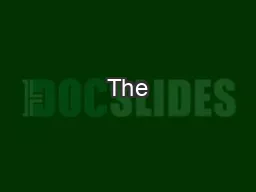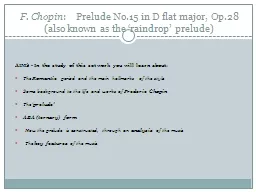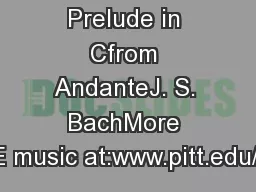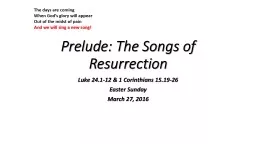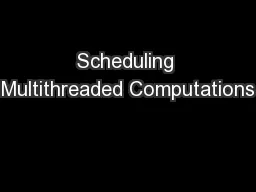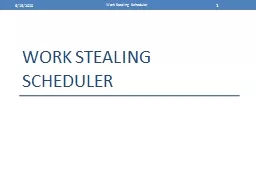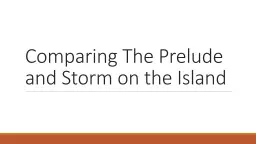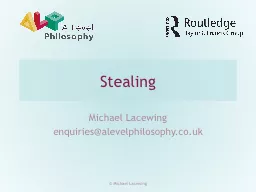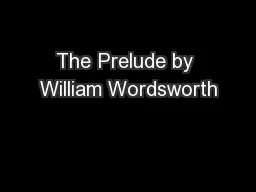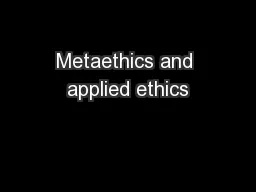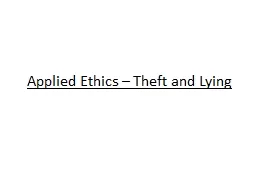PPT-The Prelude: Stealing a Boat
Author : stefany-barnette | Published Date : 2017-05-15
By William Wordsworth Learning Objective To understand the context and subject matter of the poem Starter Wordsworth also wrote this poem What does he like to write
Presentation Embed Code
Download Presentation
Download Presentation The PPT/PDF document "The Prelude: Stealing a Boat" is the property of its rightful owner. Permission is granted to download and print the materials on this website for personal, non-commercial use only, and to display it on your personal computer provided you do not modify the materials and that you retain all copyright notices contained in the materials. By downloading content from our website, you accept the terms of this agreement.
The Prelude: Stealing a Boat: Transcript
Download Rules Of Document
"The Prelude: Stealing a Boat"The content belongs to its owner. You may download and print it for personal use, without modification, and keep all copyright notices. By downloading, you agree to these terms.
Related Documents

